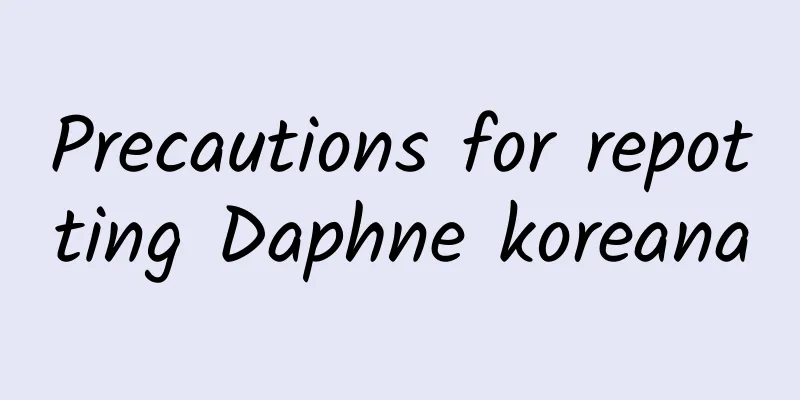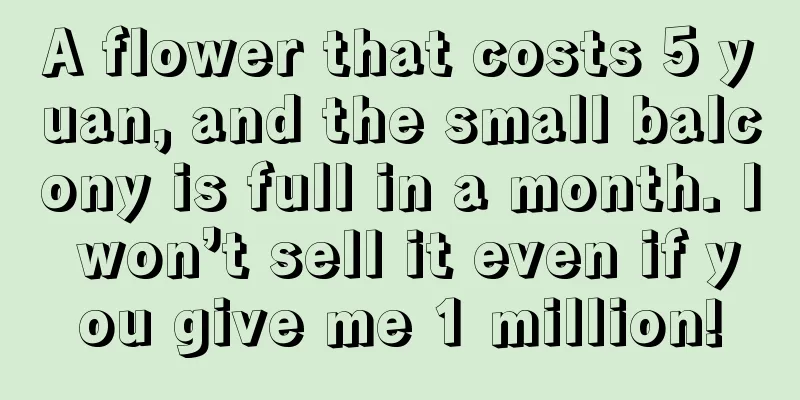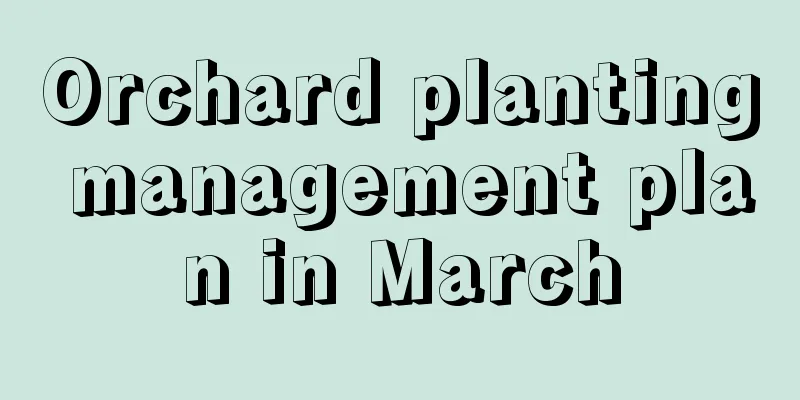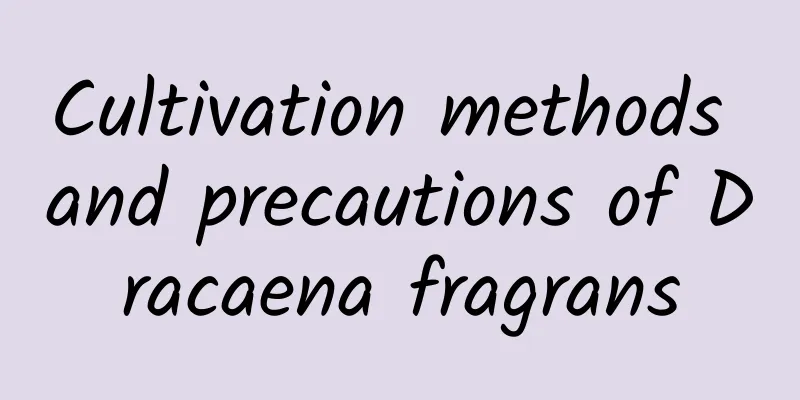Common pests of saffron (crocus) and their control methods
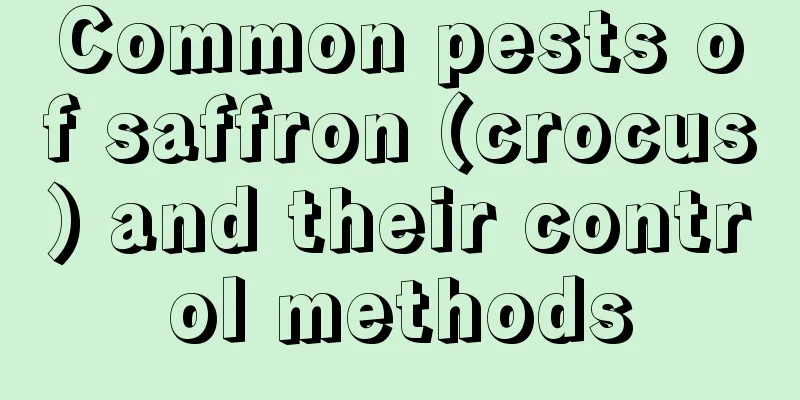
Saffron borerHazard phenomenonAutumn is the high-risk period for borer insects to develop, which are extremely harmful to saffron inflorescences. Once the insects bore into the inflorescences, the flowers will die, seriously affecting the appearance and yield. Prevention and treatment methodsDuring the peak period of insect pests, remove adult insects promptly and promptly. During the budding stage, apply methyl parathion to the leaves for 2 to 3 times to kill the borers. Saffron root nematodeHazard phenomenonRoot nematodes mainly parasitize on the roots of plants, absorbing nutrients from the roots, causing the plants to rot. The aboveground parts of the affected plants grow short and slow, with abnormal leaf color, few fruits and low yields, and may even cause the plants to die prematurely. Prevention and treatment measuresDisinfect the soil and bulbs before planting, and choose bulbs with strong disease resistance for planting. If root nematodes are found, water the diseased plants with 1000 times diluted 50% thiophanate-methyl. When the pest is serious, remove the plant from the pot, clean the root system, change the soil and replant. Saffron aphidsHazard phenomenonAphids often gather on the heart leaves and secrete nectar when damaging the leaves, affecting photosynthesis and yield quality. The leaves of plants infested with aphids will be damaged to varying degrees, the flowers will droop, and in severe cases the bulbs will rot and degenerate, affecting their appearance. Prevention and treatment methodsIf you find aphids infesting leaves, remove them immediately and scrape them off with a bamboo stick or clean water. When the damage is serious, spray 40% Dimethoate EC as an insecticide. Spraying 2 to 3 times can kill aphids. Strengthen maintenance at ordinary times, ventilate frequently, and apply appropriate amount of phosphorus fertilizer to enhance the disease resistance of the plants. After the flowers fade, trim the dead branches and flowers in time to ensure the surface of the potting soil is clean. |
<<: Peach Blossom Pest Control Encyclopedia
>>: Pest and disease control of sweet olive
Recommend
How to grow purslane trees so they bloom
Purslane tree blossoms The flowering period of th...
How to grow Jianlan
1. Soil Its root system is thick, so it is best t...
How to breed iron ball
1. Breeding Methods The propagation of the iron a...
How to Plant Pumpkin Seeds
Pumpkin Seed Planting Time Pumpkin seeds are suit...
How to breed Yalezhiwu and what to pay attention to
How to reproduce The main ways of propagating Dan...
What are the cultivation methods and precautions of the rich tree
Introduction of the Fortune Tree The rich tree is...
Can crabapple cuttings survive?
1. Can it be inserted alive? Begonia cuttings can...
Can Impatiens be hydroponically cultivated? Hydroponics cultivation methods and precautions
Can Impatiens be grown hydroponically? Impatiens ...
What are the landscape trees?
1. Ginkgo Tree It is both a foliage tree and a fl...
What kind of flower pot is good for banyan tree
What kind of flower pot is suitable for banyan tr...
The efficacy and function of Gardenia
What are the effects Benefits of Gardenia Summer ...
How to propagate chrysanthemums and precautions
Chrysanthemum propagation method There are three ...
Is papaya a fruit or a vegetable?
Is green papaya a fruit or a vegetable? Green pap...
How to remedy the drying of camellia buds
1. Increase lighting If the flower buds dry up in...
The efficacy and function of Leucaena
one. Effects on the human body: 1This plant can b...




